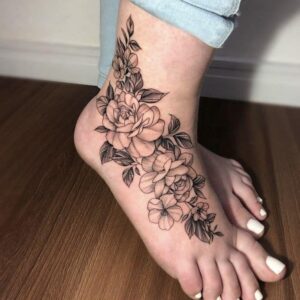
For centuries, people have always been fascinated by the search for lost treasures. Tragedies as well as mystical stories have been written from grave robberies and grave diggers to find treasures. Human history has recorded the ten most wonderful treasures of the ancient world discovered to date.
Half a billion dollars under the sea
This treasure includes 24 tons of silver cast into 1038 bars, 180 thousand silver pesos, 582 copper bars, 125 gold bars and plates, 350 chests of indigo (from indigo leaves to dye clothes), 525 bales of tobacco, 20 cannons. bronze, and 1,200 silver artifacts. This cargo was carried on the ship Nuestra Senora de Atocha, part of the Tierra Firme fleet of 20 ships, leaving the Cuban port of Havana on September 4, 1622 to go to Spain. This was part of the royal property, transported with soldiers and passengers. The next day, while floating at sea, the ship was attacked by a storm while entering the Florida Strait (USA). By the next morning, eight ships were scattered on the ocean floor from the Marquesas Keys to the Dry Tortugas, coral islands off the southeast coast of the United States.
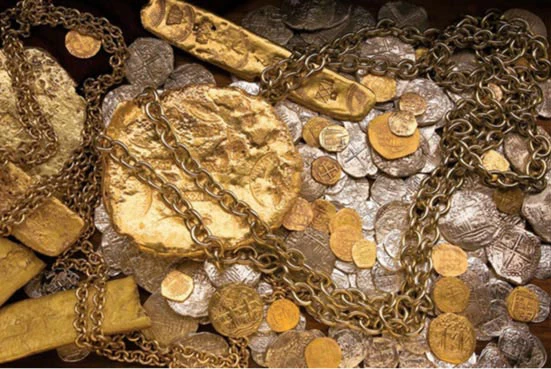
Spanish rescue forces searched for the ship for 60 years, but could not find it. In 1985, a farmer turned scuba diver, Mel Fisher, once again searched for this huge treasure. In July 1985, his family suddenly found the ship Nuestra Senora de Atocha along with all the treasure. All artifacts, gold and silver… worth about half a billion dollars were brought out of the water, marking one of the most valuable shipwrecks found in history. The artifacts in the ship later became exhibits of the Heritage Society Museum in Florida.
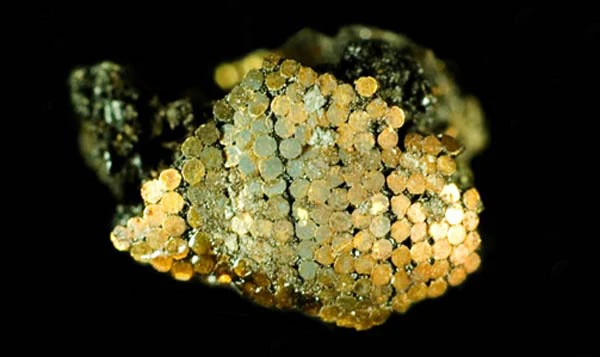
Bronze Age artifacts near Stonehenge
In 1808, William Cunnington, one of the earliest professional archaeologists in England discovered the crown jewels of the king of Stonehenge. These treasures were found in a large bronze burial mound, just half a mile from Stonehenge, now known as Bush Barrow, dating back about 4,000 years.
Artifacts found include elaborately crafted jewelry, a rhombus to attach to a robe, and an intricately decorated knife. The special feature of the dagger is that 140 thousand tiny gold rivets, only a little thicker than a hair, are riveted into the handle. It is estimated that to create a knife handle like this, it takes about 2,500 hours, equivalent to more than three months.
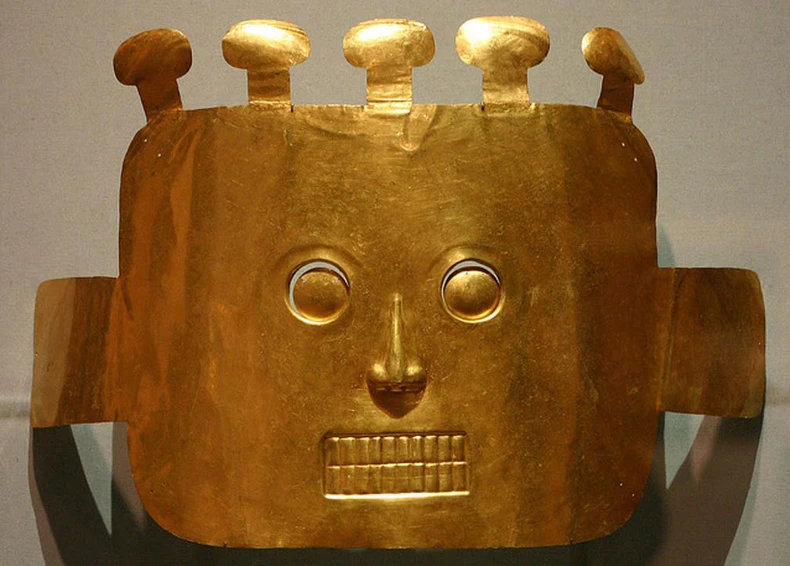
Gold from the lost civilization of Malagana
In 1992, a sugarcane farm worker in Hacienda Malagana, near the Cauca Valley (Colombia), was driving a tractor in the field when it suddenly overturned. Jumping down to investigate the cause, he discovered sparkling yellow objects in the ground. It didn’t take long to realize that these were the exposed parts of a treasure, this worker immediately dug up and took away many things, including gold masks, jewelry, and jewelry. other precious objects… Not long after, hearing the news of the treasure discovery, many other local people along with workers rushed to dig throughout the field and took away many precious artifacts. It is estimated that between October and December 1992, about 5,000 people dug this place, making Malagana known as the “Malagana Gold Rush”.
About four tons of precious pre-Columbian artifacts were removed from Malagana, either melted down, or fell into the hands of antiquities collectors. Hundreds of graves were destroyed.
The Bogota Museum is said to have acquired some precious items from Malagana in late 1992. About 150 pieces of Malagana gold were bought by the museum for about 500 million pesos (equivalent to about 300 thousand USD) in an effort to keep treasures from this civilization. Unfortunately, gold mining in Malagana continued until the end of 2012.
Eberswalde Hoard – Germany’s largest gold collection
The Eberswalde Hoard is a gold hoard excavated near northeast Berlin in 1913. It is one of Germany’s most priceless treasures, and also one of the largest collections of gold discovered in Germany to date. now. This treasure includes 81 gold artifacts, including bracelets, bowls and gold bars weighing about 2.6 kg, dating from the 11th to 10th centuries BC.
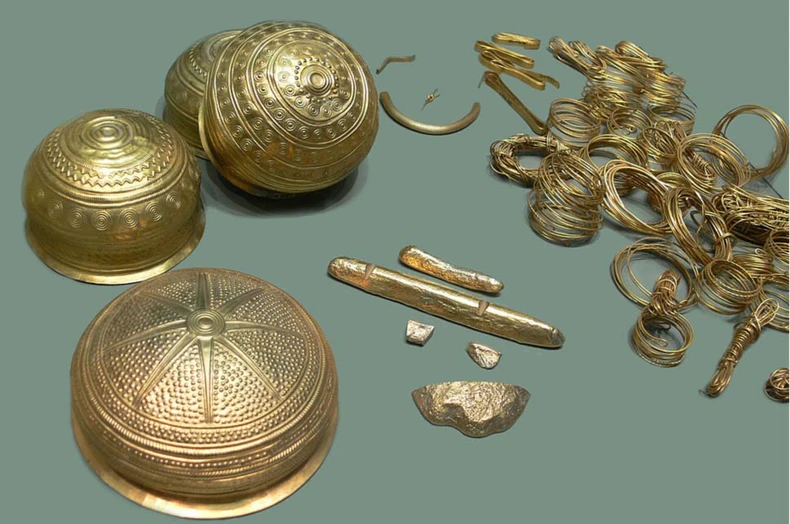
Some experts believe that the artifacts of the Eberswalde Hoard treasure were used for worship. The Eberswalde Treasury is said to have belonged to a goldsmith named Villena, originating from the Iberian peninsula, because of its resemblance to the Villena Treasure.
King Priam’s treasure from the legendary city of Troy
During the 19th century, German scientists embarked on a quest to prove that the legendary city of Troy actually existed. After a period of excavation, he discovered the legendary Troy located at Hisarlik in Türkiye. Here, Heinrich Schliemann found a treasure, considered King Priam’s Treasure.

On May 31, 1873, Schliemann suddenly discovered the treasure, with weapons, copper cauldrons and pans, copper kettles, and many silver and gold artifacts, including jewelry and belts. hand… Today, the artifacts of this treasure are being kept in Russia.
Agamemnon’s Golden Mask
Having discovered the true location of the legendary Troy, Heinrich Schliemann’s next project was to discover the final resting place of Agamemnon, king of Mycenae, who led the Greeks in the Trojan War. Schliemann made another impressive discovery during this project, the “Mask of Agamemnon”.
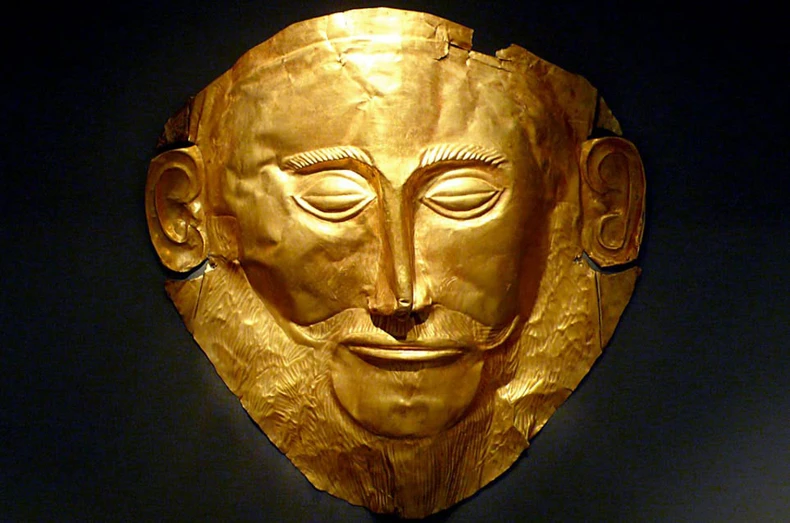
In 1876, Schliemann began excavating Mycenae on behalf of the Greek Archaeological Society. Workers then discovered steles marking the boundary of a tomb measuring about 27.5 square meters, with five tombs belonging to the Late Bronze Age. Schliemann discovered that the remains belonged to Mycenaean generals, and all five wore golden masks. At that time, the archaeologist concluded that three of them were Agamemnon, Cassandra and Eurymedon, the rest were followers or subordinates, poisoned by Clytemnestra and her lover Aegisthos at a party.
The archaeologist concluded that one of these masks belonged to Agamemnon, a mask for the dead, made from a thick layer of gold on wood. The reason he concluded the mask belonged to Agamemnon was because out of the five, this was the only mask with a beard.
This is a remarkable discovery, but also controversial and has no conclusion.
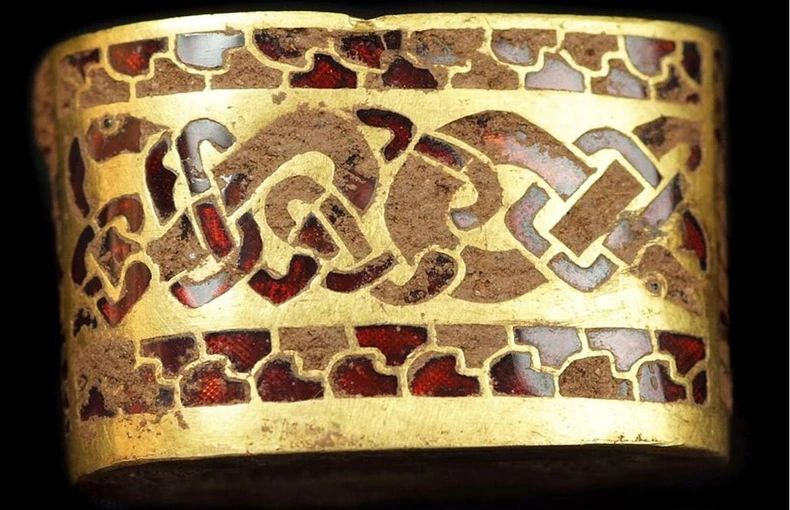
More than 3,500 Anglo-Saxon gold and silver artifacts in Staffordshire
On July 5, 2009, amateur treasure hunter Terry Herbert used a metal detector to search a field in the village of Hammerwich, in Staffordshire, England. He unexpectedly found a lot of gold and artifacts buried underground, and in just five days, this gold and artifacts filled 244 bags. At that time, Terry Herbert realized he may have dug up a priceless historical treasure, and reported it to local authorities. The Birmingham Archaeological Department quickly went there to officially excavate, discovering more than 3,500 artifacts, including 5 kg of gold and 1.3 kg of silver, dating to around the 7th century AD.
This is the largest amount of gold and silver from the Anglo-Saxon period discovered to date. Currently, a number of artifacts on display at the Birmingham Museum and Art Gallery, with a total value of about $5.4 million, are declared property of the Royal Family.
Varna man and “huge” amount of gold
In 1970, archaeologists in Bulgaria discovered a Bronze Age necropolis from the 5th millennium BC containing gold artifacts near the present-day city of Varna. But it was not until grave number 43 that they realized the true meaning of this discovery. Inside the tomb were the remains of a man of high status and extremely wealthy. A lot of gold was found in the tomb, more than was discovered in the world at that time.
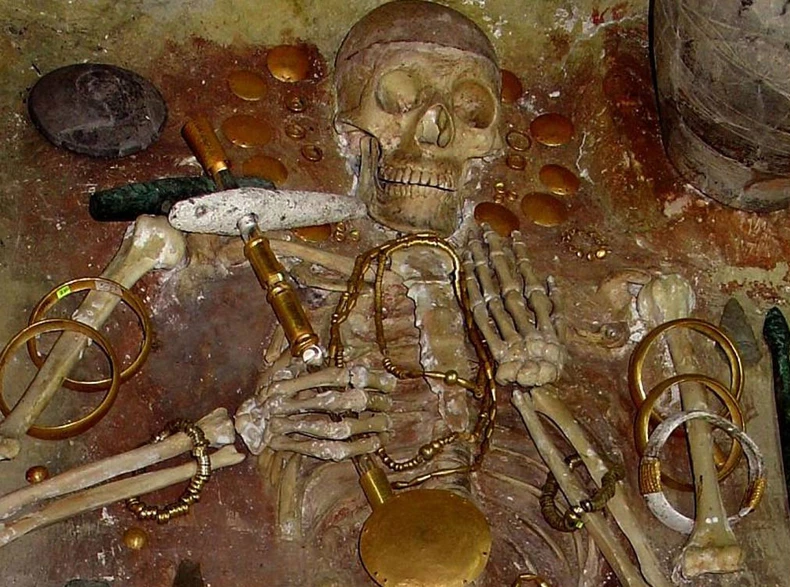
The Varna culture, which appeared in the area on the shores of the lakes of the Black Sea, about 7,000 years ago and quickly disappeared from the pages of history. Varna was an incredibly advanced civilization and the first culture to craft gold objects.
Treasure in a Scythian burial pit
In 2013, a treasure trove of gold with traces of marijuana and opium was discovered in a secret compartment in the burial mound of an ancient Scythian near Strovopol, Russia. Described as a once-in-a-century discovery, the treasure contains exquisite gold artefacts, along with drugs used in ancient rituals and warfare. Greek historian Herodotus recorded.
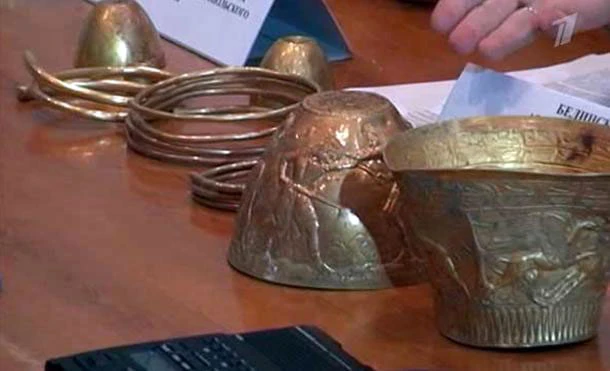
The grave of a prehistoric Scythian was discovered during the construction of power lines in the Caucacus mountains, southern Russia. When discovered, it appeared that the site had been looted and not much remained inside the tomb. However, archaeologists later discovered a hidden room inside the tomb containing a golden treasure dating back about 2,400 years. The gold in the tomb is estimated to weigh nearly 3.2kg, including solid gold, jewelry such as bracelets, rings, necklaces, some gold vases and jars… The vases are decorated extremely delicately with Many details, describing people, animals, landscapes, warriors fighting and dying…, even meticulously down to each style of clothing, hairstyle, weapon style described lifelike…
The inside of the gold jars contained black residue. Scientists analyzed and found out that it was opium and marijuana. This indicates that the ancient Scythians likely used these artifacts in an opium ritual, as recorded by the historian Herodotus.
The afterlife inheritance of Lord Sipan
In 1987, a huge complex of tombs from the Moche culture (also known as Mochica – a culture that developed around 100-750 AD, along the Andes Mountains of Peru) was excavated at Huaca Rajada archaeological site, near Sipan, on the north coast of Peru. The most famous of these tombs belongs to El Señor de Sipán (Lord of Sipan), a warrior and ruler of the Moche civilization, buried with much gold and silver and jewels never before seen in this region. The 5x5m long tombs were found with wooden coffins in the middle, the first time scientists have found this type of tomb in the Americas. In the coffin is the remains of a man dressed in regal clothing, surrounded by many offerings for the dead to take with them to the afterlife.
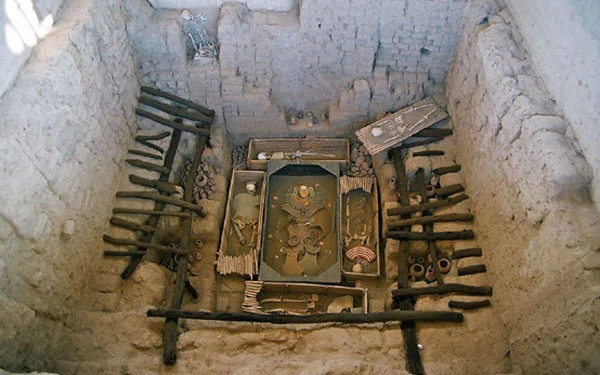
Analyzing the symbols on the clothes and burial items in the tomb, scientists believe that this must have been a person of very high status during the Moche period. He was buried with a lot of gold, silver, bronze, and jewelry, a large crescent hat with feathers, a mask, several breastplates decorated with hundreds of conch shells, and necklaces. , earrings, nose rings, a scepter made of gold and silver, gilded fabric lengths sewn onto costumes, gold stamped back shields for warriors… Necklaces with gold and silver beads attached shaped like groundnuts (peanuts), an important food of the Moche people. The ten beads on the right in gold represent masculinity and the Sun god, the ten beads on the left in silver represent femininity and the Moon god.
In the tomb buried with Lord Sipan, there were also many types of ritual objects such as sea shells, gold and silver rattles, knives, a gold Death mask, and golden bells engraved with the image of a praying god. decapitated people, three hats and hundreds of beads. A total of 451 burial items with all kinds of materials were buried with Lord Sipan for his use in the afterlife.



